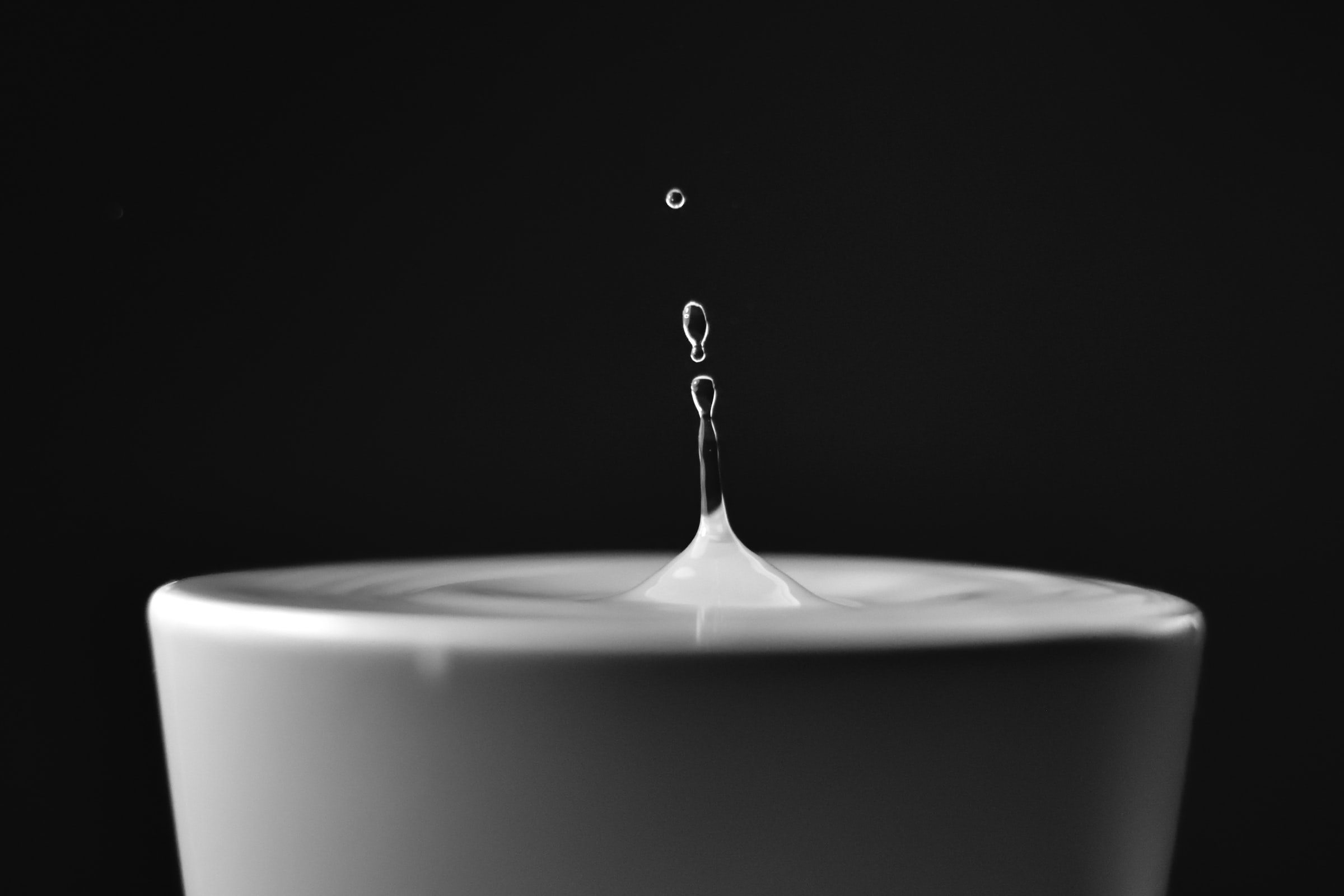India is the second largest tea-producing country, beside only China. There are so many varieties of teas that are grown in India and distributed all over the world. In India, Assam and West Bengal, Tamilnadu and Kerala are the largest tea-producing states that give different varieties of teas to the country. Some of the best types of teas that are grown in India are as follows:
Assam Tea
Assam tea is a type of black tea that is produced in Assam. Every year, more than 500 million kgs of tea are produced in Assam. Assam tea is cultivated in a warm and humid climate and it is grown near or at sea levels so it has a malty taste.
It contains a large amount of caffeine which results in boosting the body and mind with energy and alertness. There are numerous health benefits of drinking Assam tea such as; it promotes heart health, reduces the risk of high blood pressure, keeps blood vessels relaxed, improves the immune system, and even promotes blood clots.
Green Tea
Although green tea originated in China, it has also taken production in India. There are various states in India that are able to grow Green tea, but the state that produces the maximum green tea in India is Assam.
According to the reports, the green tea produced in Assam amounted to over 28000 kilograms. Green tea is cultivated in a warm, moist climate and especially in sub-tropical forests. The leaves are harvested from the plants and then heated as soon as possible through pan frying or steaming to prepare green tea.
When Green tea is brewed, the color of the tea is usually green, yellow, or light brown, it depends on the process and cultivation method that is used. Consuming Green tea provides several health benefits like improving brain function, maintaining weight, reducing the risk of heart diseases, and so on.
Nilgiri Tea
Nilgiri tea, as the name suggests is produced in the Nilgiri hills of Tamil Nadu which are located in the portion of the Western ghats. The Nilgiri tea has a mellow taste with subtle natural sweetness and is intensely aromatic.
Nilgiri tea is also used to make iced tea and even some of the best flavors of iced tea are made from leaves of Nilgiri Tea. As its fertile soils are located on well-drained slopes with geography, the plants experience two monsoons per year. Drinking Nilgiri tea has various benefits to health like; it relaxes the mind, helps in improving blood flow, and strengthening the heart.
Butter Tea
Butter tea is a drink of the people of the Himalayan regions of India, it is mainly prevalent in Ladakh, Arunachal Pradesh, and Sikkim. Traditionally Butter tea is made with yak’s butter, tea leaves, water, and salt but nowadays people are using cow’s butter too because of its cheaper cost and easy availability.
As it is made with butter and salt, it has a salty taste. Butter tea is a rich source of calories and energy. The consumption of Butter Tea improves bone strength and enhances the blood flow of the body.
Noon Chai
Noon chai is a tea beverage that originated in Kashmir Valleys. It is known by many different names like Sheer Chai, Gulabi Chai, Kashmir Tea, or Pink tea. The ingredients used to make it are green tea, milk, baking soda, cardamom, and salt.
It is ideal to drink Noon Chai in winter as it provides warmth. There are certain benefits that Noon chai offers like it reduces stress, improves the digestive system, and prevents bloating and heartburn.
Yellow Tea
Yellow tea is found in the Barpathar region of Assam. This tea is very rare and is also known as miracle tea. This tea contains no caffeine as it is full of health benefits.
Consuming yellow tea boosts the metabolism of the body which helps in losing weight. It has anti-aging properties that make your skin younger and flawless, it can prevent diabetes and it can even improve the appetite if consumed before a few hours of a meal.
Conclusion
There are over 3000 varieties of tea in the world that people love. Even in India, there are various types and ways of tea that make it one of the most diverse countries in terms of tea consumption.


